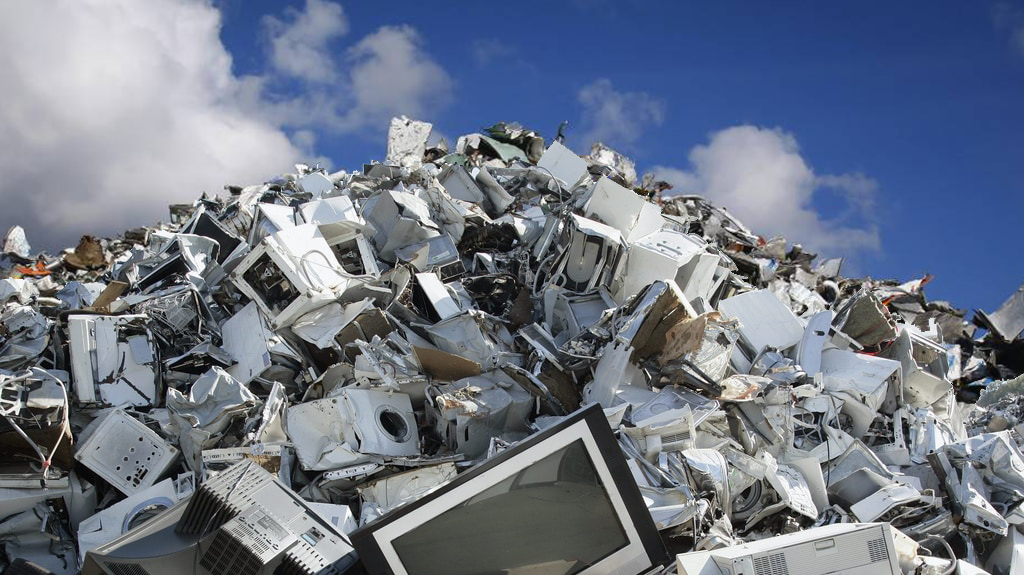E-waste, also known as electronic waste or electronic scrap, is the fastest growing solid waste stream in the world, increasing 3 times faster than the world’s population. Common items in e-waste streams include computers, mobile phones, and large household appliances, as well as medical equipment. Besides, e-waste also includes discarded parts of electronic devices, as well as waste materials generated during the production and use of these devices. E-waste often contains hazardous substances that can pose a threat to the environment and human health if not properly disposed of.

Reduction of Pollution:Electronic devices contain a variety of hazardous materials, including heavy metals like lead, cadmium, and mercury, as well as toxic chemicals. When these devices are disposed of improperly, these harmful substances can leak into the soil and water, posing risks to human health and the environment. Recycling e-waste ensures that these hazardous materials are properly handled and contained, significantly reducing pollution.
Conservation of Resources:Electronics contain valuable resources like copper, gold, silver, and plastics that can be recovered through recycling. By recycling e-waste, we can conserve these resources and reduce the need for mining new ones. This not only saves energy and reduces greenhouse gas emissions, but also helps preserve natural habitats and biodiversity.
Reduction of Landfill Waste:Landfills are quickly filling up with discarded electronics, taking up valuable space and posing potential risks to the environment. Recycling e-waste diverts these devices from landfills, reducing the amount of waste that needs to be disposed of.
Promotion of Sustainable Development:Recycling e-waste is an important component of sustainable development, as it helps reduce the impact of electronic waste on the environment while promoting the efficient use of resources. By recycling e-waste, we can contribute to a more sustainable future for the earth.

National and international actions are essential to carry out e-waste recycling activities. Actions that can be taken include :
The technology industry can reduce electronic waste by implementing sustainable development strategies. Actions that can be taken include :
Recycling e-waste is indeed a huge and constantly growing market, especially in the context of rapid updates and replacements of electronic products. As a company focused on environmental protection and waste renewal equipment, Genox has developed an exhaustive range of technically advanced machinery for processing e-waste, plastics, Lithium-Ion batteries, and domestic appliances.
Genox occupies an important position in the e-waste recycling market with its unique equipment and technology. Genox offers custom e-waste recycling machines including Single Shaft Shredder, Twin Shaft Shredder, Granulator, etc. These machines are designed with quality and efficiency in mind and are widely used in the dismantling and recycling process of waste electronic and electrical equipment. Genox also provides various customized solutions and production lines to meet the needs of different customers and markets.
Partnering with a trusted supplier, known for their extensive history in plastic recycling machines, is an excellent starting point for your e-waste recycling venture. If you are interested in learning more about e-waste recycling or exploring our range of state-of-the-art e-waste recycling machines and production lines, please contact our knowledgeable team. Let's work together towards a sustainable, and eco-conscious approach to electronic waste management.
Learn more about our other recycling capability : Plastic Pipe Shredding and Recycling, Shredder and Granulator Combo or Metal Recycling Shredders.